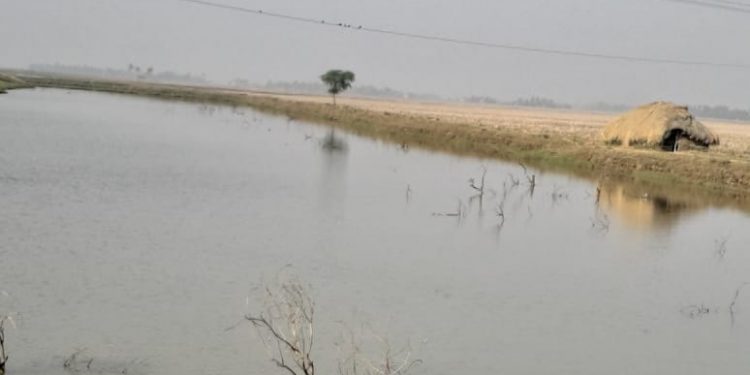Mahakalpada: Mangroves are key to maintaining coastal ecosystem in the state, but large tracts of mangroves in various reserve forests under Mahakalpada range in Kendrapara have been under illegal occupation.
Encroachers are reportedly clearing patches of mangrove forests in these areas, making the coastline vulnerable to natural disasters, a report said.
According to reports, mangroves are spread over 387 hectares in Jogidhwani area; 269 hectares in Saralikuda; 77 hectares in Nipania, 587 hectares in Sanabuti and 28 hectares in Badabuti area.
Mangrove forests are also found in 11 hectares at Barakolikhola, 164 hectares at Batighar; 1394 hectares at Kansardia; 1155 hectares at Hetamundia under Batighat Forest section.
Mangrove forests are also spread extensively in Jambu forest section too. It is spread over 505 hectares in Jambu and 105 hectares in Kandarapatia.
This forest is also spread richly in Kharinasi reserve forest section. There are 577 hectares of mangrove forest in Kharinasi; 266 hectares in Bahar Kharinasi; 137 hectares in Kilo reserve forest and 195 hectares in Suniti.
As coastal pockets have been witnessing cyclones and other natural disasters every year, mangroves are said to be acting as a protective wall against cyclone and tidal surges. Over years, in some areas, these vital forest cover is waning because of increasing human intervention and encroachments.
The forest department has found that mangroves in 12 hectares have vanished at Bagagahan. Mangrove plants are missing in 256 hectares at Petachhela and 95 hectares at Kaunsapala. All these places are under the occupation of encroachers, according to the forest department.
At some places, mangroves have been cleared to make space for prawn farming. Such activities are found in Batighar area. Locals have alleged that prawn mafia has been making use of mangrove forests for commercial purpose. If such illegal and anti-ecological activities are allowed to flourish, mangroves will vanish along the coast, they noted.
Environmentalist Samarendra Mahali said mangroves work as a protective wall against natural disasters in coastal parts of Kendrapara.
“In 1960’s and 1970’s, the mangroves in the district were rich with wildlife like Royal Bengal Tigers, hyena, civets, deer, boars in large numbers. Over the years, tiger has lost its existence as mangroves are being affected by encroachment activities. However, the population of deer and boars has increased,” he said.
He noted that the state government should execute long-term projects for protection of mangroves along the coastline, creating public awareness on the need for mangrove protection in disaster-prone coastal pockets.
However, Rajnagar DFO Bikash Ranjan Das said that mangrove forests in the region are increasing.
“Mangroves and saline forest survey of India conducts survey of forest status in Kendrapara in every two years. In 2015, the mangroves were spread over 190 square/km. In 2017, its cover rose to 197 square/km while its cover increased to 201.49 square/km in 2019,” he claimed.
PNN







































